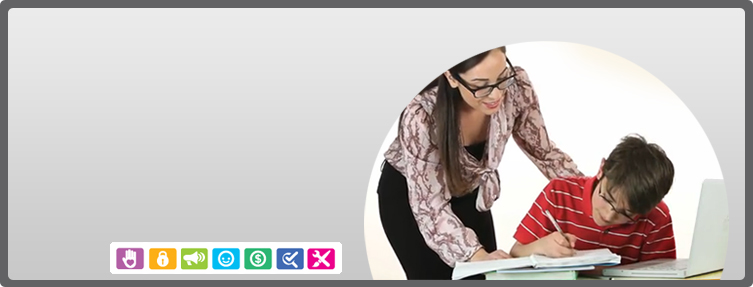USE, UNDERSTAND & ENGAGE: A Digital Media Literacy Framework for Canadian Schools
USE, UNDERSTAND & ENGAGE: A Digital Media Literacy Framework for Canadian Schools - Overview
USE, UNDERSTAND & ENGAGE provides a road map for teaching digital media literacy skills in Canadian schools. The framework draws on nine framework topics of digital media literacy and provides teachers with supporting lessons and interactive resources that are linked to curriculum outcomes for every province and territory.
Digital Media Literacy Framework - Grades K-3
In grades 2-3, students are still not yet able to think critically about technology, accepting online environments and activities at face value. However, their growing independence means they are looking for more information online, and they are starting to integrate computers and the Internet into their daily lives.
Digital Media Literacy Framework - Grades 4-6
Students in the junior grades lack sufficient critical thinking skills to surf the Web alone, but MediaSmarts’ Young Canadians in a Wireless World research shows that almost a third never or rarely use the Internet with an adult nearby. This is also an age where kids may be easily influenced by media images and personalities – especially those that appear "cool" or desirable.
Digital Media Literacy Framework - Grades 7-8
Given their increasing use of the Internet to find information, now is also a good time to introduce strategies for determining authorship and authority of online information so they can recognize good health information, biased or hateful content, and online scams and hoaxes.
At this age media influences on gender norms and body image are becoming more intense. Children need to learn to apply key media literacy concepts to online spaces such as social networks.
Digital Media Literacy Framework - Grades 9-12
Contrary to popular belief, cyberbullying remains a problem in high school. Students in these grades should learn the ways that they can speak out and make a difference, both in cases of individual cyberbullying and in building more tolerant and respectful online spaces.
Mapping Digital Literacy Policy and Practice in the Canadian Education Landscape
Our discussion paper Mapping Digital Literacy Policy and Practice in the Canadian Landscape draws on policy and curriculum documents from across the country to synthesize key concepts and best practices in current digital literacy education. The discussion paper was made possible by financial contributions from Google Canada.

